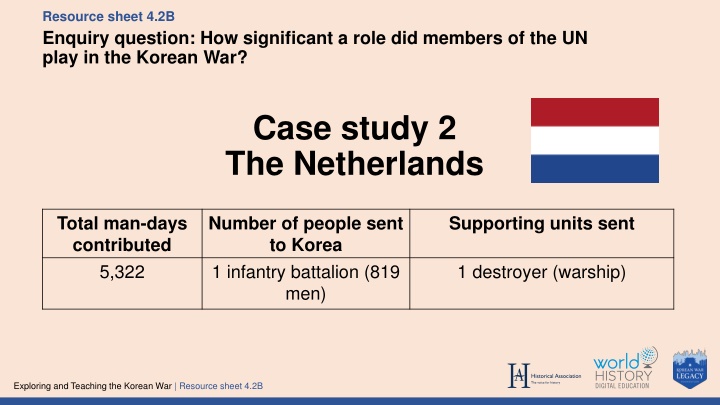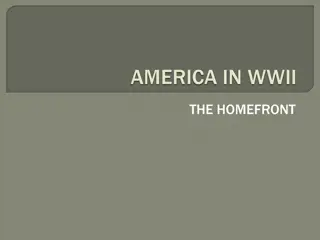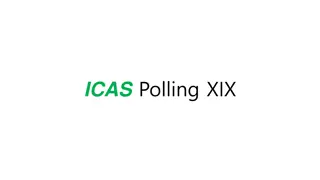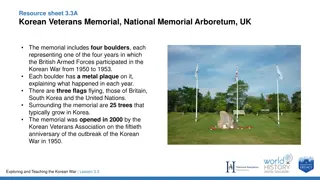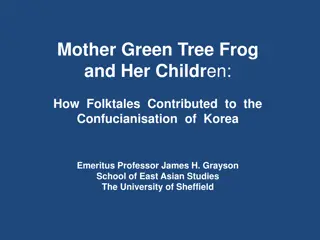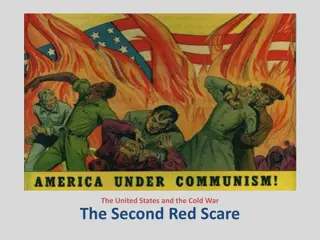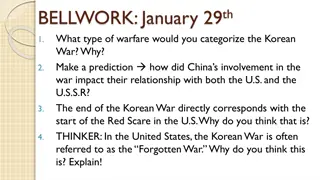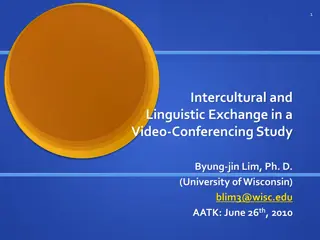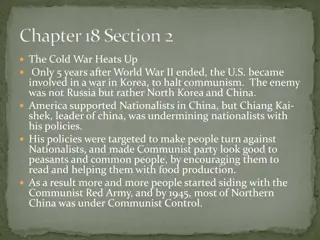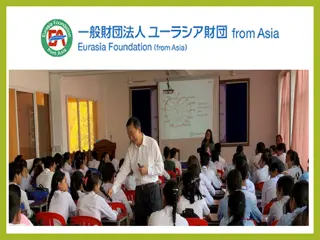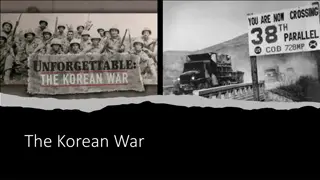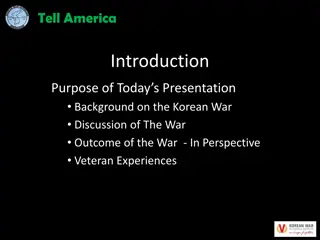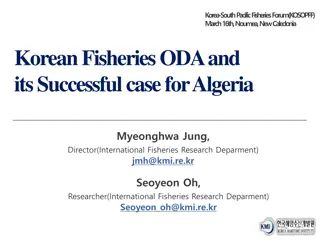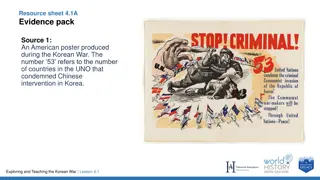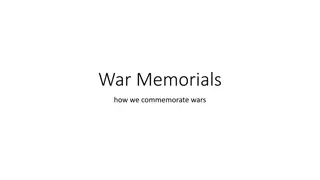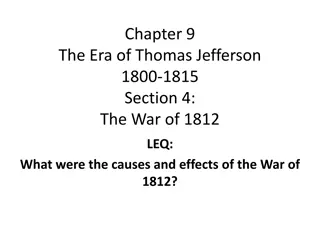Role of UN Members in Korean War
The case study focuses on the significant role played by the Netherlands in the Korean War, detailing their contributions including troops and warship. It explores the evolution of their involvement and sheds light on the political and economic factors influencing their participation in the conflict, particularly in the context of Marshall Aid. Through various sources, the reasons behind the Netherlands' contribution to the war effort are analyzed, highlighting the intricate relationship dynamics between the USA and the Netherlands during the 1950s.
Download Presentation

Please find below an Image/Link to download the presentation.
The content on the website is provided AS IS for your information and personal use only. It may not be sold, licensed, or shared on other websites without obtaining consent from the author.If you encounter any issues during the download, it is possible that the publisher has removed the file from their server.
You are allowed to download the files provided on this website for personal or commercial use, subject to the condition that they are used lawfully. All files are the property of their respective owners.
The content on the website is provided AS IS for your information and personal use only. It may not be sold, licensed, or shared on other websites without obtaining consent from the author.
E N D
Presentation Transcript
Resource sheet 4.2B Enquiry question: How significant a role did members of the UN play in the Korean War? Case study 2 The Netherlands Total man-days contributed 5,322 Number of people sent to Korea 1 infantry battalion (819 men) Supporting units sent 1 destroyer (warship) Exploring and Teaching the Korean War | Resource sheet 4.2B
Resource sheet 4.2B Case study 2: The Netherlands Guiding questions: 1) Read Source 1. What did the Dutch government initially offer as its contribution to the Korean War? In what way did the Netherlands change its contribution to the conflict? Look at Source 2. How much did the Netherlands receive in Marshall Aid from the USA? How does this compare with other European countries? What does this suggest about the relationship between the USA and the Netherlands during the 1950s? Read Source 3. What do you think the author of the source means by the increase of military spending became a condition for aid ? According to Source 4, what was the USA s aim in providing aid to Western Europe in 1951? Using all the sources, explain the reasons behind the Netherlands contribution to the Korean War. 2) 3) 4) 5) Exploring and Teaching the Korean War | Resource sheet 4.2B
Resource sheet 4.2B Case study 2: The Netherlands On 3 July 1950, the Dutch government offered to provide the destroyer HNLMS Evertsen, stationed in Indonesia, for the UN operation in Korea. On 15 July 1950, Secretary-General Trygve Lie once again called upon the Dutch government. The UN was in dire need of reinforcements in the form of infantry battalions. Bowing to immense pressure from the US, the cabinet agreed to provide an infantry unit made up of volunteers: the Netherlands Detachment United Nations (NDVN). 2 rifle companies, a support company and a headquarters and headquarters company were formed from these volunteers. Between a 100 and 300 Katusas (Korean Army Troops United States Army), also known as ROKS (Republic of Korea Soldiers), were assigned to the unit. Source 1: Korean War: the Dutch contribution from the Dutch Ministry of Defence website Exploring and Teaching the Korean War | Resource sheet 4.2B
Resource sheet 4.2B Case study 2: The Netherlands Source 2: The funds that European countries received from Marshall Aid from 1948 1951 Exploring and Teaching the Korean War | Resource sheet 4.2B
Resource sheet 4.2B Case study 2: The Netherlands In the course of the years the European Recovery Plan (Marshall Aid) increasingly became a political instrument in the US Cold War strategy. From 1951 onwards, the increase of military spending became a condition for aid. As phrased in a document outlining what this meant for Economic Cooperation Administration (ECA) information policy, the recovery phase had ended and the defense phase begun. Under the Mutual Defense Assistance Program, the U.S. went to also give military aid to European countries, among which [was] the Netherlands. The ECA recognized that its evolution into a principal implement for free world rearmament demanded a fresh direction in their informational policies and operations. While it was important for the ECA to retain [their] own clear identity and freedom of action, closer cooperation with the Department of State and Defense had now become necessary. In October 1951, the economic and military aid programs were dissolved into the Mutual Security Act. The ECA then became the Mutual Security Agency. The ECA was a US Government Agency set up in 1948 to administer the Marshall Plan. Source 3: Selling the Marshall Plan to the Dutch: the ECA Mission to the Netherlands from The Roosevelt Institute for American Studies Exploring and Teaching the Korean War | Resource sheet 4.2B
Resource sheet 4.2B Case study 2: The Netherlands Source 4: ECA Informational Guidance, a US government document written in 1951. The ECA was the government department that administered Marshall Aid. Exploring and Teaching the Korean War | Resource sheet 4.2B
Resource sheet 4.2B Case study 2: The Netherlands Source 5: The Dutch memorial to soldiers who were killed in the Korean War Valiant fighters, who acted in the spirit of the Prince of Orange, and were filled with loyalty, 768 of them fell or were wounded in the struggle against the red invaders to their determined fight this monument is dedicated Exploring and Teaching the Korean War | Resource sheet 4.2B
